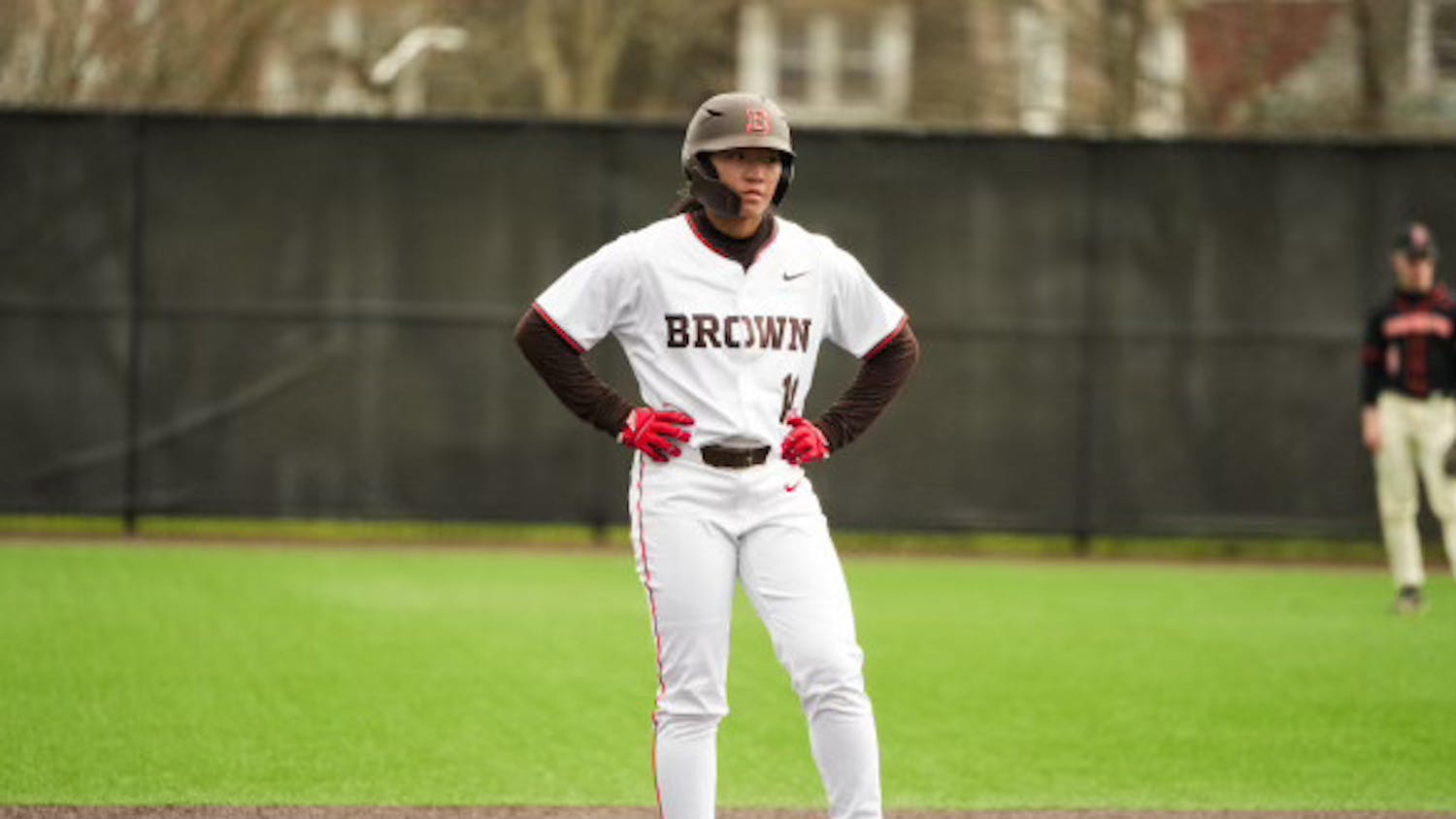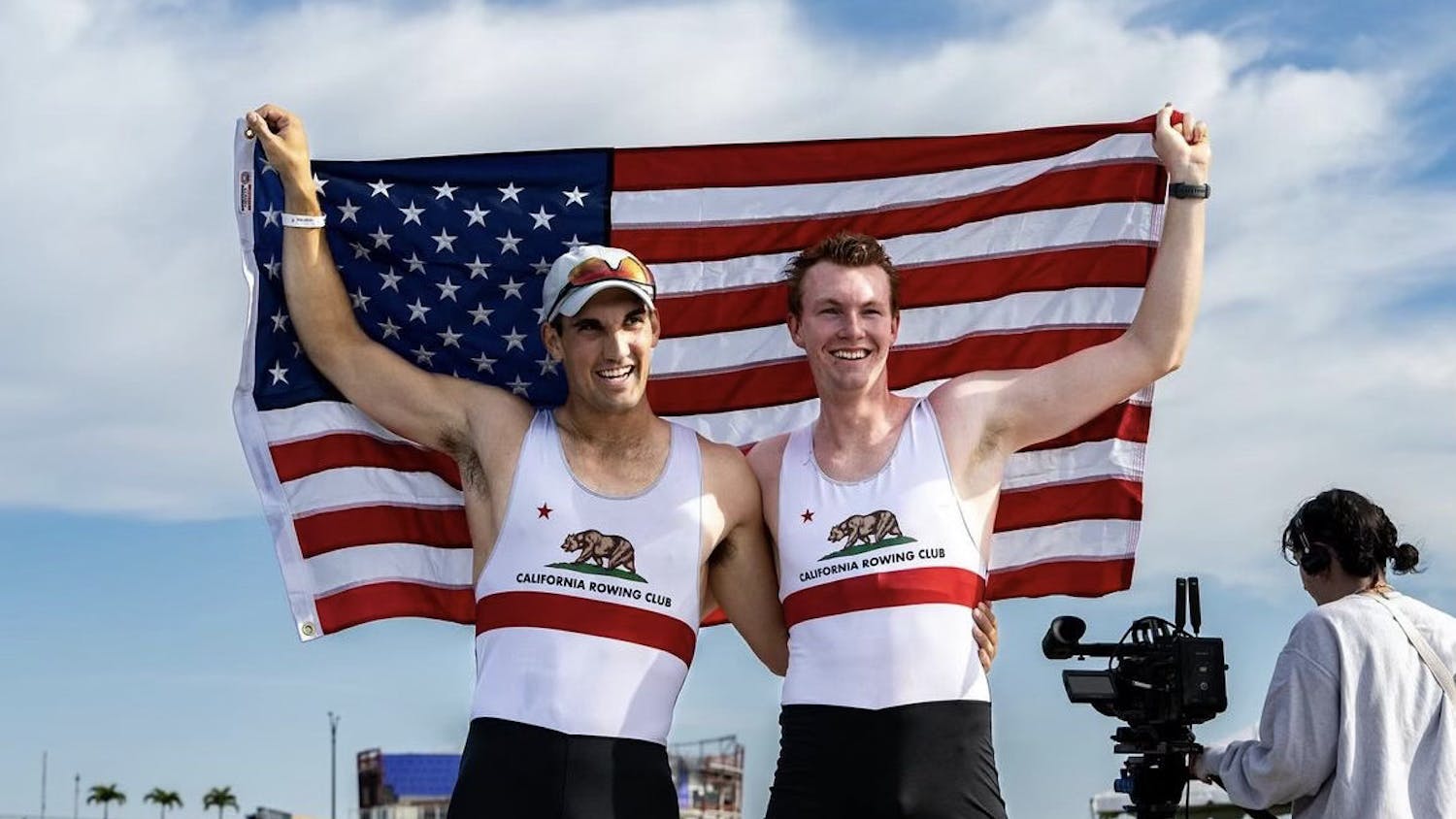Dave Roberts, Ross Stripling and the No-Hitter That Almost Was
After a record-setting opening series in San Diego in which they outscored the San Diego Padres 25-0, the Los Angeles Dodgers dropped the first game of their second series in San Francisco against their arch-rival the San Francisco Giants. In game two of the series, Dave Roberts, managing in just his fifth game as the Dodgers’ manager, handed the ball to rookie right-hander Ross Stripling for his first career start. Stripling, a 2012 fifth-round draft pick, recovered from Tommy John surgery before earning the fifth spot in the Los Angeles rotation this spring.
Stripling went seven innings and a third, striking out four, walking four and surrendering just one earned run. Most notably, Stripling did not give up a single hit. However, his no-hit bid was stopped when Roberts pulled Stripling when his fourth walk of the night brought him to 100 pitches on the game. This choice prompted uproar throughout the baseball community with many fans and players expressing shock that Roberts would prevent his young starter from becoming the first pitcher in the modern era to turn in a no-hitter in his debut outing. While it is easy to critique Roberts’ choice for obvious reasons, a deeper dive into the issue reveals that Roberts in fact did his young right-hander a favor.
It is not hard to find examples of young over-worked pitchers eventually retiring prematurely due to the stress on their pitching arms. If you don’t believe me see Prior, Mark. Nationals right-hander Stephen Strasburg may be the next name added to that list, though he still has plenty of time to emerge as a consistent big league starter. It is not as if Stripling is a veteran accustomed going deep into games. He is a rookie, two years removed from Tommy John surgery. Prior to his debut, he had never thrown 100 pitches in a professional game.
It could be said that a no-hitter is a once in a lifetime opportunity — Stripling may never come that close to a no-hitter again even if he pitches for 15 seasons. However, the young pitcher actually had a no-hitter to his name before he ever threw a professional pitch. On the day he was scheduled to graduate from Texas A&M University, Stripling no hit San Diego State University for the seventh-ranked Aggies. A single walk was the only thing separating him from a perfect game. It is true that this was Stripling’s only shot at a no-hitter in his professional debut, but he already has one no-no on his résumé and, thanks to Roberts’ choice, he will have plenty of chances to get another one at the big league level.
It is not as if Roberts cost Stripling the opportunity to author a magical Major League debut. The pitcher had more than made his mark by the time he was pulled. After the game, Stripling stated that he felt Roberts made the right choice and that he was “trending downward” due to the fatigue from his high pitch count.
Let’s imagine for a moment that Roberts did leave Stripling in the game. It is possible that Stripling could have found a way to record five more outs without a hit — but at what cost? That kind of strain on an arm not far-removed from Tommy John surgery could have been enough to derail an entire career and prevent Stripling from a lengthy career in pro baseball. It could be argued that a no-hitter would be worth that sacrifice. After all, not every start will be as impressive as his first one.
But let’s imagine Stripling was not able to get the no-hitter. And let’s be honest, that was the most likely outcome. As Stripling himself said, he was showing signs of fatigue. In addition, this was not a match-up with some perennial bottom feeder — it was the Giants, the 2010, 2012 and 2014 World Series Champions with a line-up featuring Denard Span, Hunter Pence and Brandon Belt with Buster Posey, who was given the night off, waiting on the bench as a potential hitter. Let’s say Stripling gets out of the eighth inning unscathed and carries his no-hitter into the ninth. He gets the first two outs, then with one out standing between him and history, Stripling surrenders a bloop single into the outfield.
The most obvious consequence is that the no-hitter would be blown. As it happened, Stripling may not be able to say he threw a complete game no-hitter, but he did not allow a single hit in his first big league start. In the alternative world where Stripling stays in the game, just giving up a hit is the best case scenario. Stripling is also just 26-years-old. To deal with potentially coming that close to a no hitter and losing it may have done psychological damage to the young pitcher that could last the rest of his career — not to mention the physical damage of throwing that many pitches. Stripling may have become the latest chapter in the cautionary tale titled “Too Much Too Soon: the Pitcher’s Demise.”
Roberts, despite his minimal experience in such a role, made the right call in pulling young Ross Stripling, even if he was working on a no-hitter. By pulling the pitcher after his 100th pitch, Roberts made the smartest decision for Stripling’s future, while simultaneously allowing him a magnificent debut performance.


